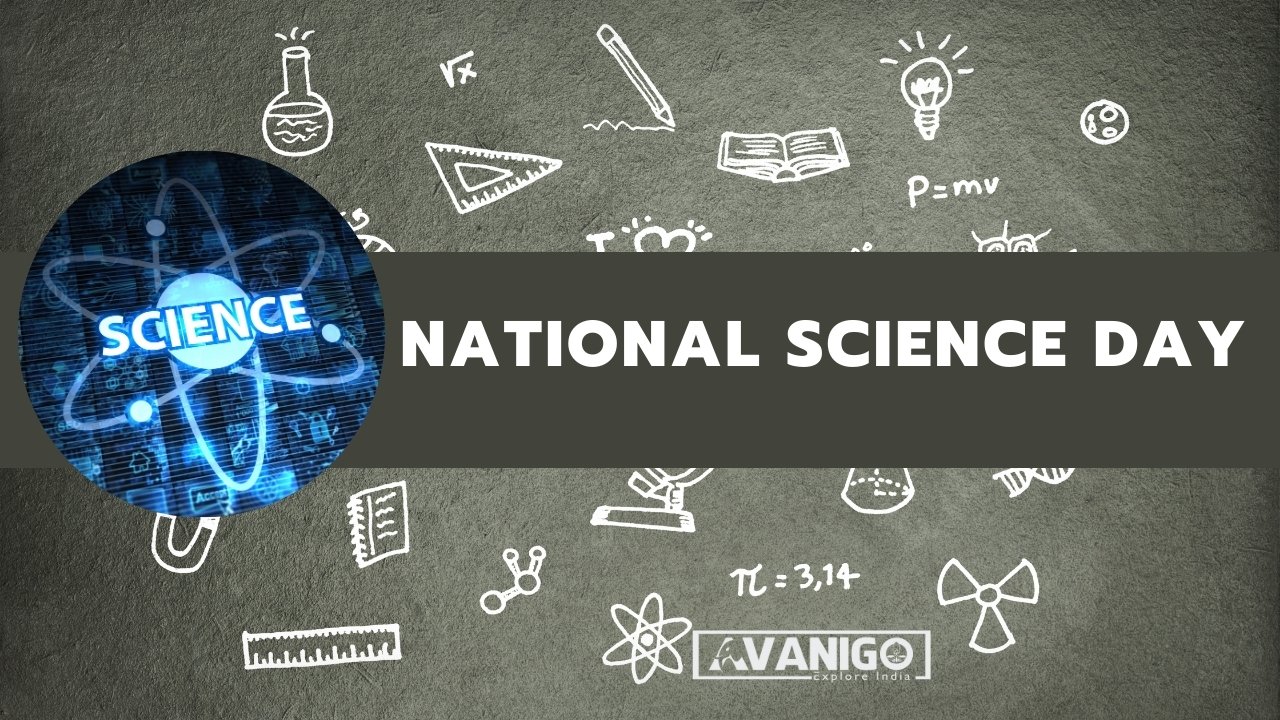In India, February 28th is celebrated every year as National Science Day, which is meant to honor one of our most distinguished scientists28. Would you like to know more about this important day? Then, keep reading to uncover some fascinating insights and learn about the ongoing importance of National Science Day.
Quick Navigation
The History of National Science Day
In 1928, when Chandrasekhara Venkata Raman, popular as Sir C.V Raman, began tinkering with a curious notion at his Calcutta laboratory. Often lost in tinkering for days on end, C.V., as he was fondly known, was on the trail of unraveling light’s hidden secrets through a series of scattered experiments. One lucky afternoon, as he sifted through results by lamplight, C.V. Raman stumbled upon light doing something rather peculiar.
As beams passed through various transparent substances under his microscope, some of the deflected rays seemed to shift ever so slightly in color. Fascinated by this anomaly, C.V. delved deep into late nights seeking answers. After months of obsessive toggling with prisms and lenses, a eureka moment struck – the light was not remaining constant as believed, but instead transforming in a fraction upon contact. The discovery would go down in history books as the ‘Raman Effect’, forever changing how the world understood the nature of light.
Decades later, as C. V’s groundbreaking innovations were honored with a Nobel Prize, the country reflected on how far it had come. In 1986, the government was moved to designate February 28th as a day to mark India’s rising scientific spirit.
And so began the tradition of National Science Day – a day for the nation to don the hats of curious inquirers like C.V., appreciate indigenous genius and look to the future with an explorer’s mindset.
Ever since, the day sparks new tales of thrill and revelation, just as C. V’s serendipitous work had in that fateful winter over half a century ago.

Srinivasa Ramanujam: The Math Prodigy from India
Importance of National Science Day
With advancements being made at light speed, the importance of science grows exponentially each year. National Science Day plays a vital role in recognizing this and emphasizing its impact on both individual lives as well as national progress. Some key reasons why celebrating this day holds importance include:
- It aims to cultivate scientific curiosity and thinking. By exposing people, especially students, to the world of science, it hopes to kindle inquisitiveness right from a young age.
- It recognizes India’s scientific heritage and accomplishments. Celebrating our historically significant scientists instills a sense of pride in indigenous scientific achievements.
- It brings focus to science, technology, research, and development. Such results in better outcomes as it involves the young people in the industries, thereby contributing to the field.
- It spreads awareness about the role of science in daily life. Illustrating how scientific progress has made life easier nurtures an appreciation for the practice and practitioners of science.
- It emphasizes the importance of indigenous technologies. The 2024 theme is all about developing locally relevant, inclusive, and sustainable technologies for solving national challenges.
- It promotes collaborative research. Events are intended to strengthen ecosystems of multi-disciplinary research through interaction among academicians, entrepreneurs, policymakers, and students.
In short, celebrating National Science Day meaningfully can play a crucial role in positioning India as a global scientific leader while also enhancing the quality of life for its citizens through indigenous innovations.
Recent Developments in Science
Science has come a long way since Raman’s breakthrough discovery through numerous innovative breakthroughs that have advanced human civilization. Just a few of the many mind-bending advancements include:
Since Raman’s eupeptic discovery shed light on nature’s mysteries, science has continuously perplexed and delighted in its innovative progression over the decades. Just a few of the many mind-bending advancements include:
- In 2014, the Nobel Prize in Physics illuminated the invention of energy-efficient LED lights. Their bright blue glow marks a crucial step towards environment-friendly lighting solutions.
- Centuries ago, tweaking our understanding of immunity paved the ground for vaccination’s preventive powers. By teasing apart pathogens’ secrets, such breakthroughs in biology safeguard against otherwise deadly diseases.
- Transistors first dazzled experts in the 1940s, laying the silicon chips behind today’s digital marvels. Their miniature switches fueled computers’ proliferating possibilities.
- DNA’s double helix continued yielding to the perseverance of geneticists in 1973. Cracking codes between species unlocked biotech’s Promethean prospects.
- Just after a decade, the internet brought people nearer in a way inconceivable before. Tim Berners-Lee wove his worldwide web of global interconnectivity.
- Einstein’s gravitation waves needed over a century to be detected, but their 2015 sighting gave relativity a real-world ring, opening new sight into the stars.
- COVID-19 vaccines orchestrated global collaboration like never before to safeguard lives amidst the pandemic, a testimony to science’s resilient promise.
The journey of scientific discoveries continues at an exponential rate, improving lives across the world. National Science Day encourages more groundbreaking innovations through awareness and outreach.
Fostering Scientific Temper
National Science Day plays a vital role in fostering scientific temper amongst the masses. Some ways in which it helps to promote logical and rational thinking include:
- Sensitizing citizens about evidence-based reasoning. Encouraging an inquiry-based approach to understanding natural phenomena and separating facts from beliefs.
- Bursting myths and superstitions. Organizing awareness drives around topics like vaccination to clear public doubts based on unfounded fears rather than facts.
- Highlighting scientific achievements of India. Promoting indigenous innovations helps instill confidence that scientific progress is not limited to other cultures but is very much part of our heritage.
- Encouraging open and critical thinking. Emphasizing the need to question claims and test ideas through impartial experiments rather than accepting them unquestioningly.
- Bridging the urban-rural divide. Taking science beyond metropolitan cities through dedicated street plays and exhibitions in remote areas to curb uneven development.
- Promoting women in STEM. Special encouragement and recognition given to female achievers can boost gender diversity in scientific fields traditionally dominated by men.
Strategies to Strengthen Scientific Ecosystems
A robust support system is crucial to foster scientific culture on a sustained basis. Some ways National Science Day helps strengthen scientific infrastructure include:
- Encouraging corporate funding for R&D. Awards are given to top industry performers investing in core science as well as frugal innovations.
- Improving science communication. Investing in training more science communicators who can simplify complex ideas for the masses and counter misinformation.
- Enhancing industry-institution collaboration. Conclaves promote productive partnerships between academia, government bodies, and the private sector.
- Developing grassroots talent. Special attention is paid to improving resources and opportunities in government schools and colleges to harness the potential of youth from all backgrounds.
- Supporting start-up ecosystem. Incubation workshops, funding, and other assistance guide young inventors to establish science-driven ventures and convert ideas into viable products.
Ideas to Celebrate Republic Day India
Science for a Better Future
On National Science Day, let us pay tribute to brilliant scientific minds of the past and recognize the exponential potential that future generations hold. As we progress into the fourth industrial revolution driven by new technologies, science must remain the cornerstone of national development.
By instilling a scientific temper from a young age and facilitating research, India can cement its place as a global innovation leader. Most importantly, we must ensure the fruits of scientific endeavors uplift all sections of society through inclusive and sustainable solutions. When harnessed correctly, science has the power to build a brighter future.
Swetha is a Content Specialist, LinkedIn Branding and B2B Marketing Consultant. When she is not in the world of B2B, she researches the roots and beauty of Indian Culture and Traditions. She is the author of the book: 365 Days 365 Posts – The Guide to LinkedIn Personal Branding, available exclusively on Amazon. Connect with her on LinkedIn.

